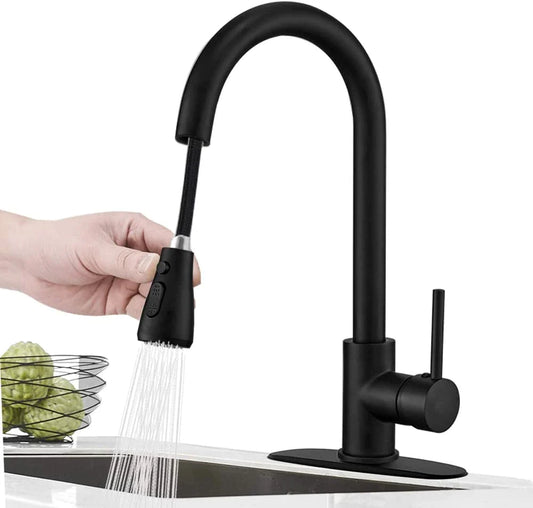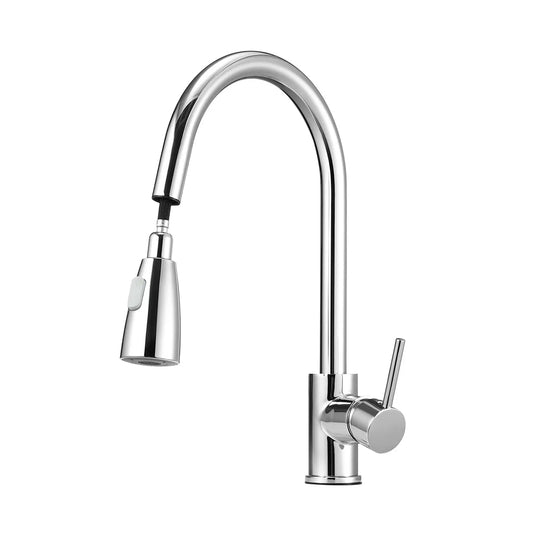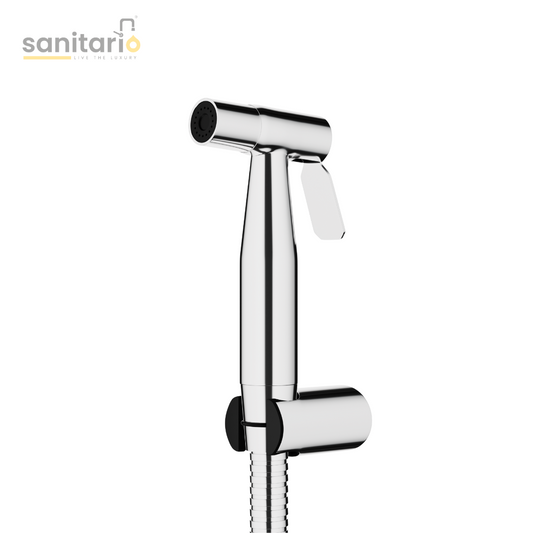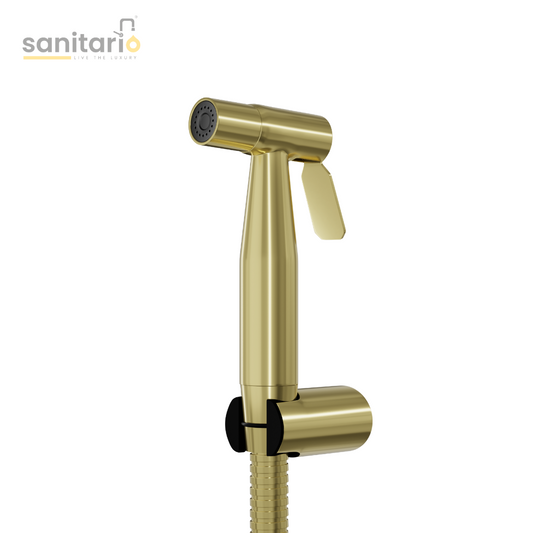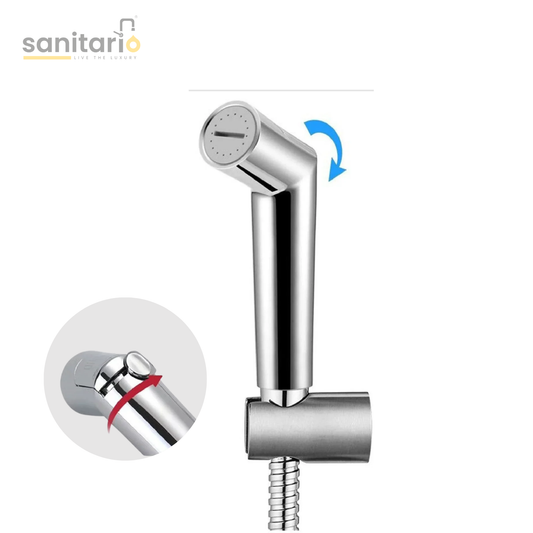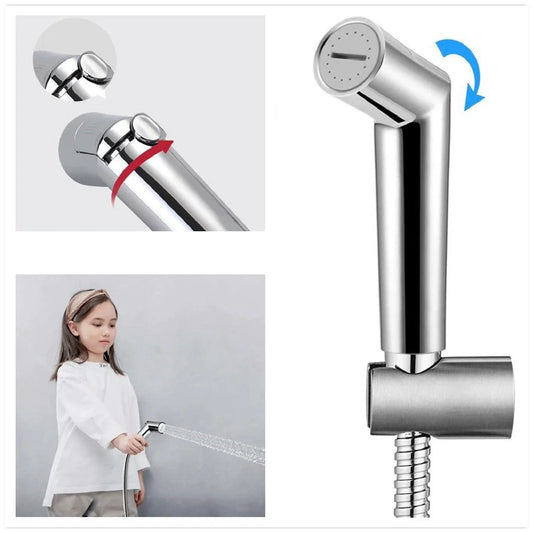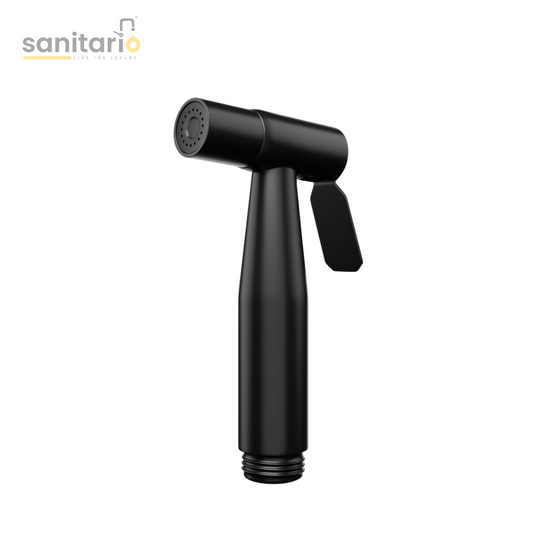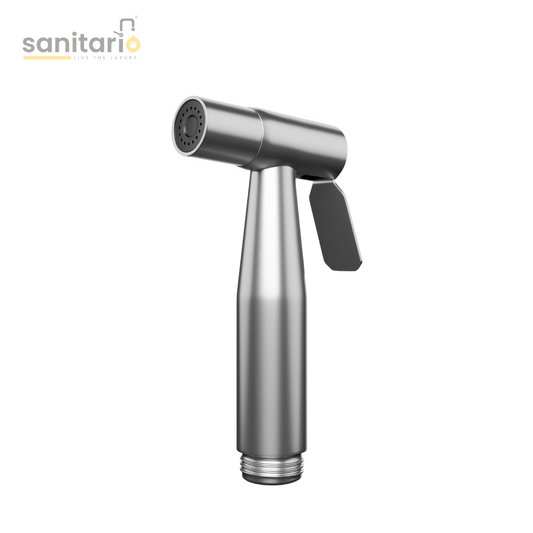Understanding Stainless Steel Grades & How To Use Them

Stainless steel is everywhere, from the appliances in your kitchen to the medical instruments used in hospitals. But how much do you know about the different types and what makes each one unique? If you’re in manufacturing, construction, or even home improvement, understanding the basics of stainless steel grades can make a big difference when choosing the right material for your needs.
Stainless steel isn’t for one single material it’s a whole family of alloys that share similar traits but vary in composition, toughness, and resistance to things like corrosion or heat. In this guide, we’ll break down the key families and grades of stainless steel so you can choose the right type with confidence.
The Basics: What Makes Stainless Steel Special?
Stainless steel gets its name because it resists rusting, thanks to a key ingredient chromium. Chromium reacts with oxygen in the air to form a thin layer of chromium oxide, which protects the metal beneath from corrosion.
Depending on the mix of metals added to the alloy (like nickel or molybdenum), the properties of stainless steel can change, offering better corrosion resistance, toughness, or even improved machinability.
The Four Families of Stainless Steel
When people talk about stainless steel, they often use the term “family” to describe different types. These families group the alloys based on their properties, and each family is suitable for different environments and applications.
1. Austenitic Stainless Steel: The All-Rounder
This is the most popular family of stainless steel. Known for its excellent corrosion resistance, toughness, and ease of welding, austenitic steel is widely used in everything from kitchen sinks to chemical processing plants. It usually contains a good amount of nickel, which makes it more expensive but highly durable.
Common grades like 304 and 316 stainless steel belong to this family. Grade 304 is the go-to for general-purpose use, while 316 is used in environments exposed to saltwater or harsh chemicals due to its added molybdenum, which improves corrosion resistance.
2. Ferritic Stainless Steel: The Cost-Effective Option
Ferritic stainless steel is magnetic and generally less expensive because it contains little to no nickel. It’s known for being easy to work with and weld, but it doesn't handle corrosive environments as well as austenitic steel. This family is commonly used in indoor applications where exposure to moisture is limited think kitchenware or automotive exhaust systems.
Popular grades include 409 and 430 stainless steel, often used in applications where visual appeal isn’t a priority, but cost and performance are.
3. Duplex Stainless Steel: The Hybrid
Duplex stainless steel is a mix of austenitic and ferritic stainless steels, offering the best of both worlds. It provides excellent strength and corrosion resistance while being more affordable than austenitic steel. It’s often found in industries like offshore oil and gas, where materials need to withstand tough, corrosive environments without sacrificing durability.
Some common duplex grades are 2205 and 2507, both of which offer high resistance to pitting and stress corrosion cracking.
4. Martensitic & Precipitation-Hardening Stainless Steel: The Tough Guys
If you’re looking for strength and hardness, martensitic stainless steels are the way to go. These steels are less resistant to corrosion but can be heat-treated to achieve high levels of hardness, making them perfect for blades, surgical instruments, and even some types of mechanical components.
Precipitation-hardening stainless steels take it a step further by using additional elements like aluminium to improve hardness through heat treatment. These steels are strong and tough, often used in aerospace and medical applications.
Understanding Stainless Steel Grades
Within these families, different grades of stainless steel offer unique properties. The grade tells you more about its specific composition, including the amounts of chromium, nickel, molybdenum, and carbon present. These elements affect how the steel performs, whether it's more resistant to corrosion, easier to weld, or better at handling high temperatures.
The most common grades include:
- Grade 304: The most versatile and widely used stainless steel. It’s resistant to corrosion in everyday environments and ideal for things like kitchen appliances and construction materials.
- Grade 316: Similar to 304 but with added molybdenum for extra corrosion resistance, especially in salty environments like coastal areas.
- Grade 409 and 430: Lower-cost options, often used in automotive parts and appliances where appearance isn’t as critical.
- Grade 410 and 420: Strong and hard, these grades are perfect for cutting tools, knives, and other applications that need a sharp, durable edge.
The Importance of Alloy Composition
The composition of the alloy affects everything from how easy the stainless steel is to machine to how well it resists corrosion. Here’s a quick breakdown:
- Chromium: Provides corrosion resistance.
- Nickel: Adds toughness and strength, especially at high temperatures.
- Molybdenum: Improves resistance to pitting in corrosive environments.
- Carbon: Affects hardness and machinability, especially in martensitic stainless steels.
Even slight variations in these elements can make a big difference in performance, which is why understanding the alloy composition is key to selecting the right material for your project.
How to Choose the Right Stainless Steel for Your Needs?
When selecting stainless steel, the environment is the most important factor. Will the steel be exposed to moisture, salt, or chemicals? Is it meant for a decorative item, or does it need to withstand harsh conditions over time?
For example, if you’re outfitting a coastal home, you’ll want to opt for a more corrosion-resistant grade like 316 stainless steel. On the other hand, if you’re looking for something cost-effective for indoor use, ferritic stainless steel might be your best bet.
If you’re installing a Stainless Steel Muslim Shower in a bathroom, for example, choosing a grade like 304 or 316 will ensure durability and corrosion resistance in wet environments.
Conclusion
Stainless steel isn’t a one-size-fits-all solution. Each type and grade comes with its strengths and weaknesses, and choosing the right one depends on what you need it to do. By understanding the differences between the families and grades of stainless steel, you’ll be better equipped to make informed decisions. In the end, knowing your stainless steel means getting the right balance between performance, durability, and cost, ensuring that your investment lasts.


